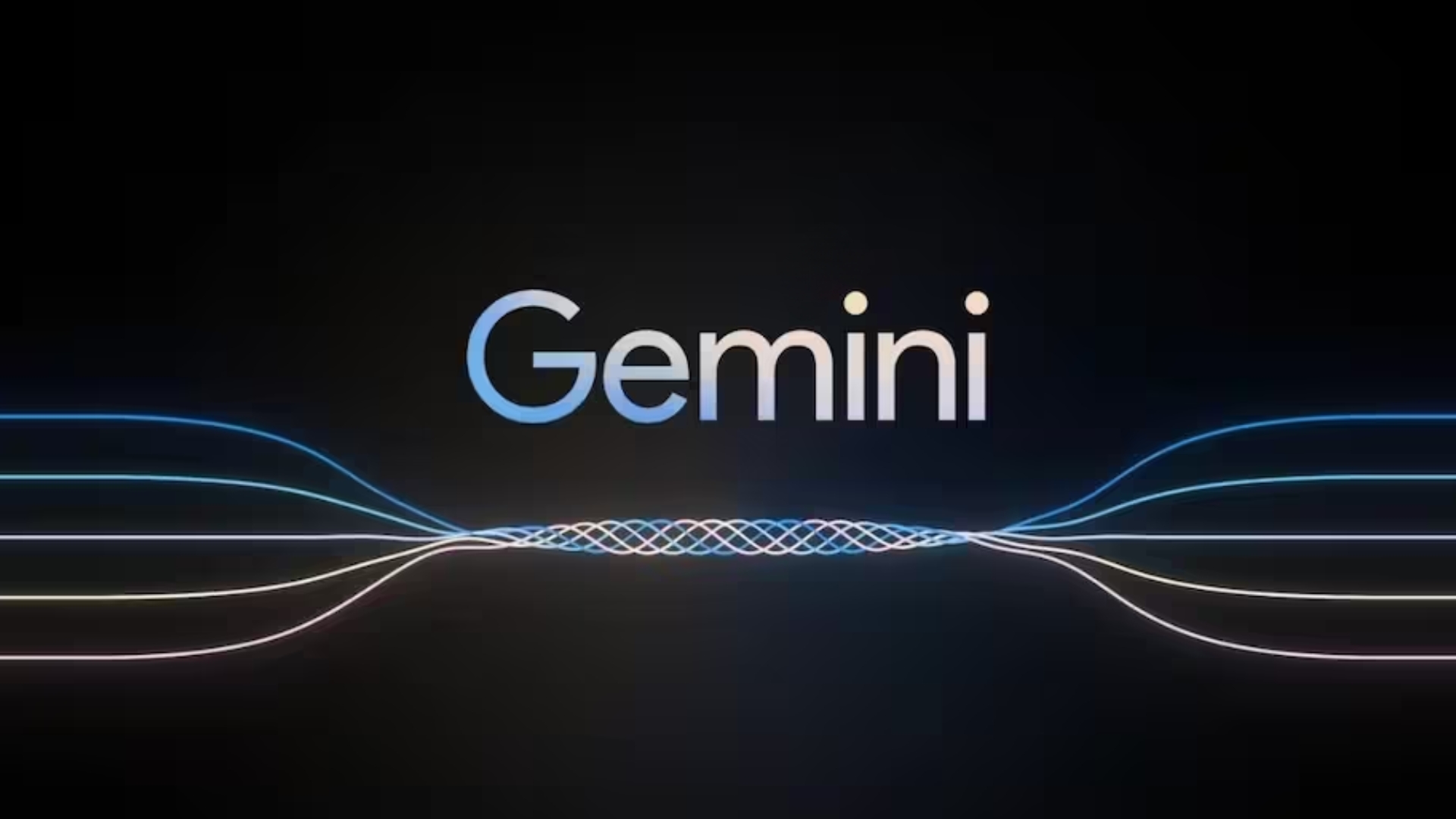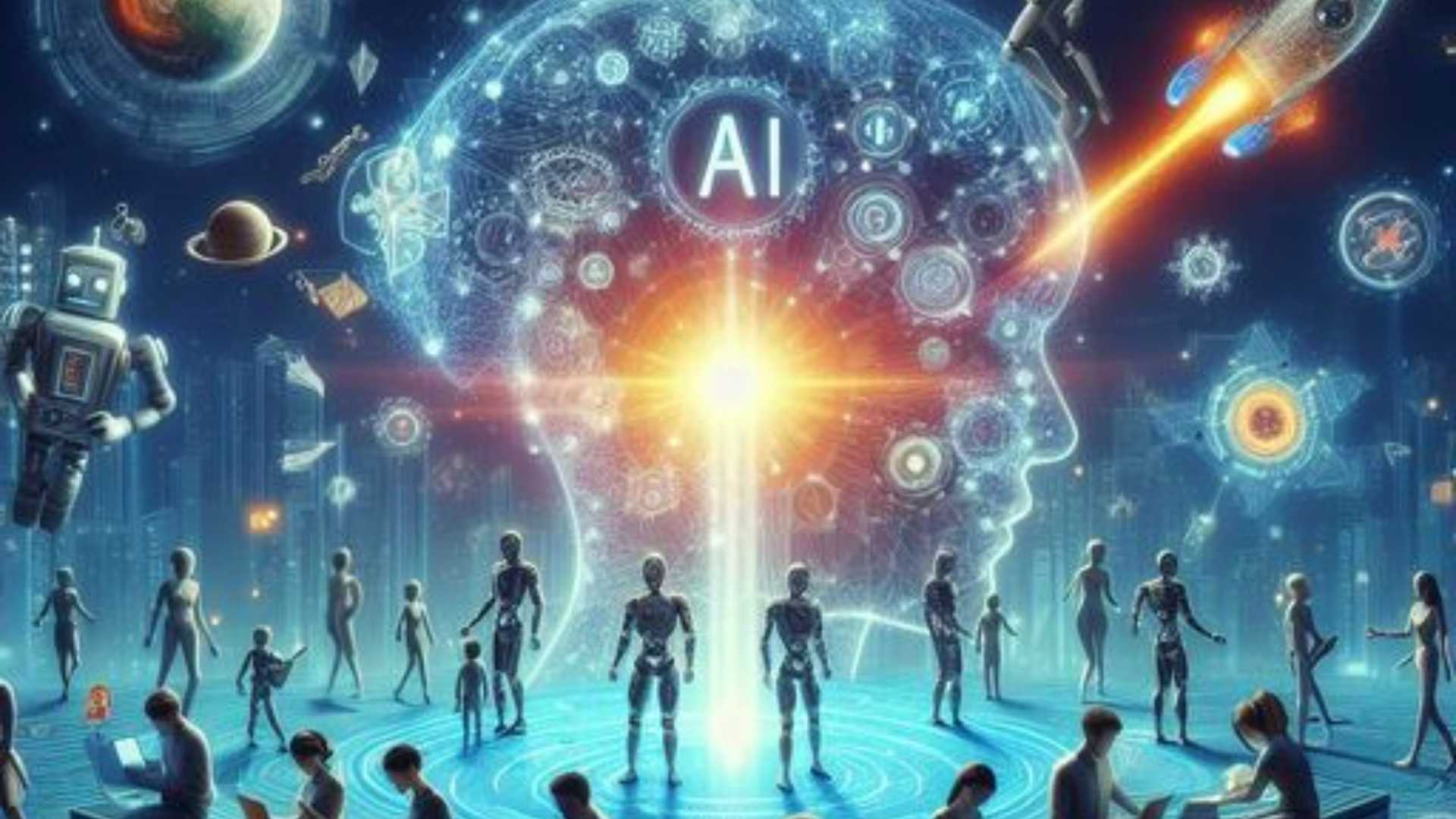The landscape of big data and machine learning data management within MLOps is ever-evolving. Constant innovation brings forth new technologies and tools, promising advancements in efficiency, security, and scalability for your data pipelines. This chapter delves into the most exciting developments in this realm, empowering you to remain at the forefront and harness these innovations to elevate your MLOps methodologies.
1. Serverless Data Processing and Machine Learning:
Serverless computing is revolutionizing the way data processing and machine learning (ML) tasks are performed in MLOps (Machine Learning Operations). By adopting a serverless approach, you can eliminate the need to manage and maintain servers, enabling a more agile, efficient, and cost-effective approach to handling your ML workloads.
What is Serverless Data Processing and Machine Learning?
In traditional data processing and ML workflows, you are responsible for provisioning, configuring, and maintaining servers to handle your tasks. This approach can be time-consuming, resource-intensive, and also require ongoing maintenance efforts. Serverless computing, however, flips this paradigm.
Serverless platforms like AWS Lambda, Azure Functions, and Google Cloud Functions offer a pay-per-use model, where you can upload your code and define the events that trigger its execution. The platform automatically manages the underlying infrastructure, including provisioning servers, scaling resources, and handling security patches.
Benefits of Serverless Data Processing and Machine Learning:
- Cost-efficiency: You only pay for the resources your code utilizes (execution time and memory), eliminating the cost of idle servers and reducing operational overhead. This is particularly beneficial for workloads with variable or unpredictable processing demands.
- Scalability: Serverless platforms can automatically scale resources up or down to meet your processing needs. This eliminates the need to manually provision and manage servers, enabling you to handle sudden spikes in data volume or processing requirements seamlessly.
- Faster development: By eliminating server management concerns, serverless allows developers to focus on writing code and building their ML pipelines, accelerating the development and deployment process.
- Simplicity and ease of use: Setting up and managing serverless functions is often much simpler compared to traditional server-based deployments. This reduces the learning curve and also allows developers from various backgrounds to engage in data processing and ML tasks.
Examples of Serverless Data Processing and Machine Learning Use Cases:
- Data preprocessing pipelines: Utilize serverless functions to perform data cleaning, transformation, and feature engineering tasks on your data pipelines, scaling automatically to handle varying data volumes.
- Model training and inference: Train smaller ML models using serverless functions, triggered by specific events, such as new data arrival, and deploy them for inference at the edge.
- Real-time analytics and event processing: Leverage serverless functions to perform real-time analytics on data streams, enabling immediate insights and faster decision-making.
Challenges and Considerations:
While serverless offers significant advantages, it is important to consider some potential challenges:
- Vendor Lock-in: Choosing a specific serverless platform can lead to reliance on its specific features and pricing, potentially limiting your options in the future.
- Limited Control and Visibility: Compared to traditional server-based approaches, you have less control over the underlying infrastructure and may have limited visibility into resource allocation and performance characteristics.
- Function Size and Cold Starts: Serverless functions often have execution time and memory size limitations. Complex algorithms or large datasets might not be suitable for serverless implementations, and “cold starts” (initial function invocation after a period of inactivity) can lead to higher latency.
2. Federated Learning:
In the era of big data, leveraging the collective knowledge from various sources is crucial for building robust and effective machine learning (ML) models. However, data privacy concerns and regulatory compliance often hinder sharing raw data across organizations or individual users. This is where federated learning emerges as a game-changer in MLOps (Machine Learning Operations), enabling collaborative model training while preserving data privacy.
What is Federated Learning?
Federated learning starkly contrasts traditional ML training, where data centralization occurs for model development. Instead, it fosters a collaborative approach where multiple participants, referred to as “clients,” train a model on their local datasets without sharing the underlying data itself. Here’s how it works:
- Local Model Training: Each client trains a local copy of the ML model on their own data. This local training can be performed on devices ranging from smartphones and wearables to personal computers and servers, depending on the specific application and available resources.
- Model Update Sharing: After local training, each client only shares the model updates, also known as gradients, with a central server. These gradients capture the direction and magnitude in which the local model needs to be adjusted to improve its performance.
- Global Model Aggregation: The central server aggregates the received model updates from all participating clients. This aggregation can involve averaging the gradients or employing more sophisticated techniques like weighted averaging or federated averaging.
- Global Model Update: The aggregated model updates are used to update a global model maintained by the central server. This updated global model captures the collective learning from all participants, reflecting the overall data distribution across the clients.
- Iteration and Improvement: The process iterates, with the updated global model being sent back to the clients, who then use it to train their local models further. This cycle continues until a stopping criterion, such as achieving a desired level of accuracy or reaching a pre-defined number of iterations, is met.

Benefits of Federated Learning in MLOps:
- Data Privacy: Federated learning addresses the growing concerns around data privacy by keeping sensitive data decentralized. Participants only share model updates, which are mathematical representations of the learning process, and not the raw data itself. This allows collaboration on ML projects even with sensitive data, complying with regulations like GDPR (General Data Protection Regulation) and CCPA (California Consumer Privacy Act).
- Reduced Communication Overhead: Compared to sharing raw data, federating learning utilizes significantly less bandwidth and incurs lower data transfer costs. This is because only the much smaller model updates are transmitted, making it suitable for scenarios with limited bandwidth or geographically dispersed participants.
- Unlocking Siloed Data: In many industries, valuable data is often siloed within different organizations or user devices. Federated learning allows these entities to collaborate on developing ML models by leveraging their collective data, unlocking the potential of data that might not be accessible otherwise. This can lead to the development of more comprehensive and generalizable models while respecting data privacy boundaries.
- Reduced Computational Costs: By training models locally on individual devices or servers, federated learning can alleviate the computational burden on a central server or cloud infrastructure. This is particularly beneficial for large-scale deployments where training on a central server might be resource-intensive and expensive.
Challenges and Considerations in MLOps Deployment:
- Non-IID (Non-Independent and Identically Distributed) Data: Federated learning can face challenges when the data distributions across participating clients differ significantly (non-IID). This can lead to model performance degradation due to the aggregation of updates from models trained on diverse data. Researchers are exploring techniques like data pre-processing and federated model selection to address this challenge.
- Communication Overhead: While reduced compared to sharing raw data, communication between clients and the central server for transmitting model updates still requires careful management. Optimizing communication protocols and leveraging efficient aggregation techniques can mitigate this challenge.
- Technical Complexity: Implementing and managing federated learning frameworks requires additional expertise and infrastructure considerations compared to traditional centralized training approaches. Selecting appropriate frameworks (e.g., TensorFlow Federated) and also addressing security concerns in decentralized settings are crucial factors.
3. Data Management Platforms and Open-source Tools:
Data Management Platforms (DMPs):
DMPs offer a comprehensive suite of tools designed to manage data across its entire lifecycle, providing a centralized platform for various data management functionalities within MLOps. Some of the key features DMPs offer include:
- Data pipelines orchestration: DMPs often provide user-friendly interfaces, including drag-and-drop functionalities and pre-built components, which allow users to visually design and manage complex data pipelines. This simplifies the process of constructing and managing data flows, especially for individuals without extensive coding experience.
- Data quality management: DMPs integrate data quality management tools that enable users to monitor data throughout the pipeline. These tools can identify and address data issues, such as missing values, inconsistencies, and outliers, early on in the process, preventing them from propagating through the pipeline and impacting model performance.
- Metadata management: Metadata, information about the data itself, plays a crucial role in data understanding and discoverability. DMPs offer functionalities to store, manage, and access metadata associated with data assets. This facilitates easier data retrieval, promotes collaboration by providing context to diverse stakeholders, and aids in ensuring data lineage. Additionally, DMPs can often integrate with other tools and also platforms within the MLOps ecosystem, enabling seamless data exchange and collaboration.
Open-source Tools:
While DMPs offer a comprehensive solution, open-source tools cater to specific data management tasks within MLOps, providing greater flexibility and customization options. Here are some examples:
- Apache Airflow: This popular open-source framework allows users to orchestrate workflows and manage data pipelines. It provides a powerful scripting language and a visual interface for defining tasks and dependencies within the pipeline, enabling flexible and scalable data processing workflows.
- Apache Spark: This distributed processing engine excels in handling large-scale data processing tasks. Its ability to distribute computations across a cluster of machines allows for efficient and scalable data processing, especially for complex operations involving massive datasets.
- Keras and TensorFlow: These open-source libraries are widely used for building and training machine learning models. While not strictly data management tools, they play a vital role in MLOps as they often require data for training and evaluation. Additionally, some data management platforms and frameworks integrate with these libraries, enabling a more cohesive workflow.
Choosing the Right Approach:
The choice between DMPs and open-source tools depends on various factors, including project complexity, team expertise, and budget considerations. DMPs offer a user-friendly, centralized platform with pre-built functionalities, making them suitable for organizations with limited technical expertise or specific data management challenges. Conversely, open-source tools provide greater flexibility and customization options, catering to experienced users seeking granular control over specific aspects of their data pipelines. Often, a hybrid approach combining elements of both DMPs and open-source tools can be optimal, leveraging the strengths of each approach to tailor the data management strategy to specific project needs.
By effectively utilizing DMPs and open-source tools, MLOps practitioners can streamline data management processes, ensuring efficient data flow, improved data quality, and ultimately, more robust and reliable machine learning models.
4. Blockchain for Data Provenance and Trust:
- Concept: Blockchain technology, known for its applications in cryptocurrencies, can be leveraged for data provenance and trust in MLOps. Immutable record of data lineage is provided by Blockchain’s distributed ledger system. You can track the origin, transformations, and ownership of data throughout the ML lifecycle.
- Benefits:
- Enhanced trust and transparency: Provides a verifiable audit trail, allowing stakeholders to track data usage and ensure responsible AI practices.
- Improved data security: Blockchain offers tamper-proof storage and access control mechanisms, mitigating data security risks.
- Decentralized data collaboration: It enables secure and reliable data sharing between different entities, even if they are not directly trusted.
- Challenges:
- Scalability: Existing blockchain implementations may not be scalable enough for handling large volumes of data typically encountered in MLOps.
- Complexity: Implementing and managing blockchain solutions requires additional technical expertise and also infrastructure considerations.
- Interoperability: Lack of interoperability between different blockchain implementations can hinder collaboration and also data exchange.
5. Artificial Intelligence for Data Management:
- Concept: AI techniques like ML and NLP automate aspects of data management for MLOps. ML and NLP optimize various aspects of data management for MLOps.
- Benefits:
- Automated data discovery and cataloging: Leverage NLP to automatically discover and catalog data across different repositories, improving data discoverability and accessibility.
- Anomaly detection and data quality improvement: Utilize ML algorithms to identify data anomalies, inconsistencies, and potential biases, enabling proactive data quality management.
- Automated data preprocessing and feature engineering: Employ ML techniques to automate data cleaning, normalization, and feature engineering tasks, reducing manual effort and improving efficiency.
- Predictive maintenance for data pipelines: Deploy ML models for predictive maintenance in data pipelines, preempting disruptions proactively. Utilize ML models for anticipating data pipeline issues, enabling proactive maintenance. Use ML algorithms to forecast data pipeline problems, enabling proactive maintenance. Apply ML techniques for predicting data pipeline issues, facilitating proactive maintenance. Employ ML models to anticipate data pipeline challenges, enabling proactive maintenance measures.
- Challenges:
- Data availability and quality: The effectiveness of AI models depends greatly on high-quality training and validation data. High-quality data availability is crucial for the effectiveness of AI models in data management.
- Explainability and bias: Ensuring fairness, transparency, and responsible AI practices requires understanding how AI models reach decisions. Crucial for fairness, transparency, and responsible AI practices is understanding how AI models reach decisions. Understanding AI models’ decision-making is crucial for fairness, transparency, and responsible AI practices.
- Technical expertise: Implementing and maintaining AI-powered data management solutions requires expertise in both AI and also data management domains.
6. Edge Computing for Real-time Data Processing and Decision Making:
- Concept: Edge computing brings data processing and analytics closer to the source of data, typically on devices at the network edge (e.g., IoT sensors, smart devices). This enables real-time data processing and decision-making without relying on centralized cloud infrastructure.
- Benefits:
- Reduced latency: Enables real-time data processing and decision-making, critical for applications requiring immediate responses (e.g., autonomous vehicles, predictive maintenance).
- Improved resource utilization: Offloading data processing tasks from centralized servers reduces network bandwidth usage and also optimizes resource utilization.
- Enhanced privacy and security: Improving data privacy and security by processing data closer to the source minimizes data transfer. Data transfer across networks is minimized, enhancing data privacy and security by processing data nearby.
- Challenges:
- Limited processing power: Lower processing power in edge devices necessitates algorithm and also model selection for resource-constrained environments. Edge devices typically have lower processing power compared to centralized servers.
- Security concerns: Securing data and managing vulnerabilities at the edge requires additional security measures compared to centralized cloud infrastructure.
Data management complexity: Managing and also orchestrating data pipelines across distributed edge devices can increase complexity compared to centralized approaches.
Frequently Asked Questions
1. What is serverless data processing and machine learning, and how does it benefit MLOps?
Serverless data processing and ML streamline tasks, cutting costs, scaling resources, speeding development, and simplifying management, unlike traditional server-based methods.
2. What are some examples of use cases for serverless data processing and machine learning?
Serverless functions are utilized for various tasks such as data preprocessing pipelines (e.g., data cleaning, transformation), model training and inference (e.g., deploying ML models for inference at the edge), and real-time analytics and event processing (e.g., performing real-time analytics on data streams).
3. How does federated learning address data privacy concerns in MLOps?
Federated learning enables collaborative model training while preserving data privacy by keeping sensitive data decentralized. Participants only share model updates, not raw data, complying with regulations like GDPR and CCPA. This allows collaboration on ML projects even with sensitive data.
4. What are some challenges associated with federated learning deployment in MLOps?
Challenges include non-IID data distributions, communication overhead for transmitting model updates, and technical complexity in implementing and managing federated learning frameworks. Techniques like data pre-processing and optimized communication protocols are explored to mitigate these challenges.
5. How do data management platforms (DMPs) differ from open-source tools in MLOps?
DMPs offer a centralized platform with pre-built functionalities for managing data across its lifecycle, including data pipelines orchestration, data quality management, and metadata management. In contrast, open-source tools provide flexibility and customization options for specific data management tasks, catering to experienced users seeking granular control.
6. How can AI techniques contribute to data management in MLOps?
ML and NLP automate data management tasks: discovery, anomaly detection, preprocessing, feature engineering, and predictive maintenance, enhancing MLOps efficiency.









